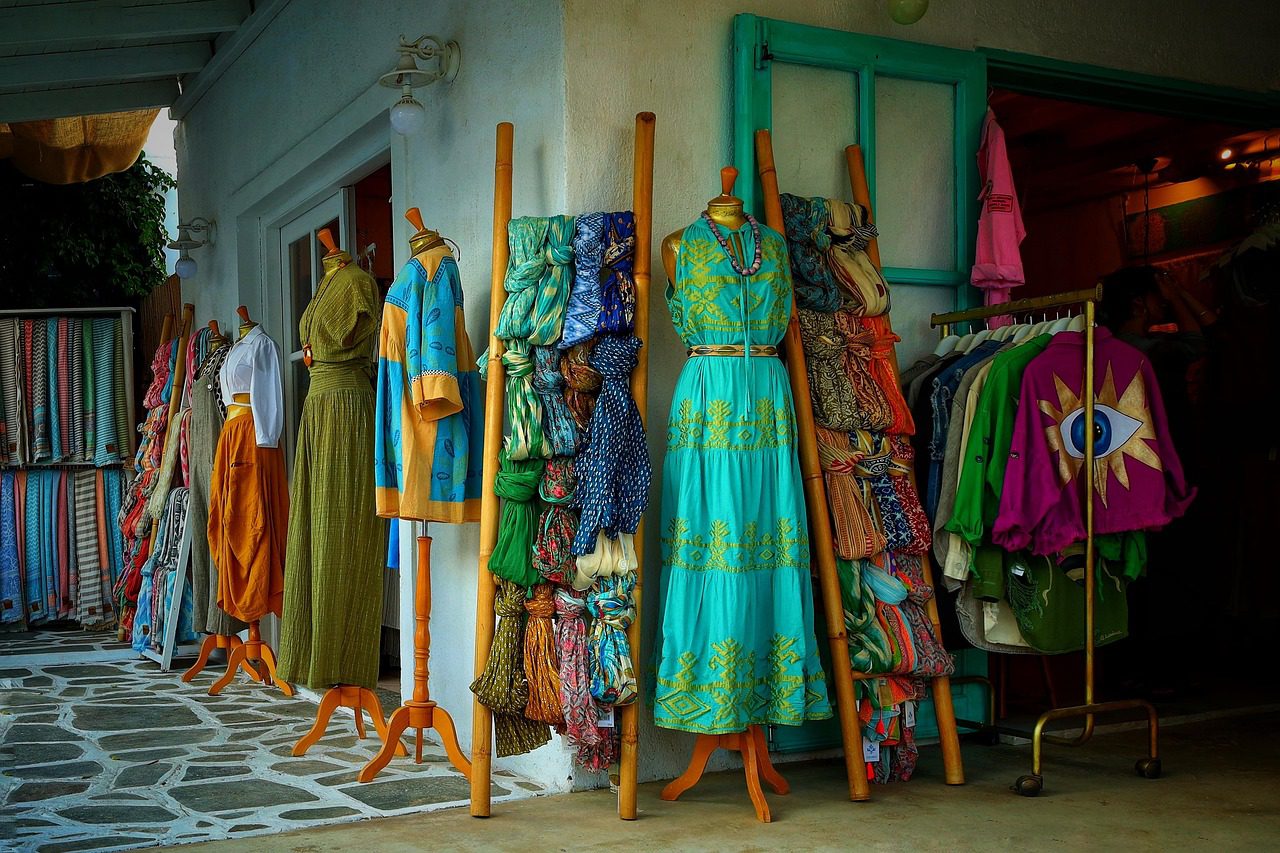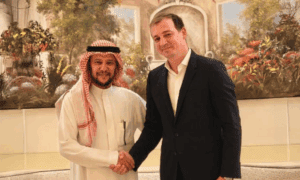Walk through Milan on a summer evening or drift along the Seine in Paris, and you’ll notice something alive in the air, a pulse that is neither fully past nor future. Europe’s fashion landscape is not merely about fabric and silhouette; it’s about memory colliding with imagination. These aren’t just looks on runways or posts on TikTok. They are the creative fashion trends in Europe that shape youth identity, cultural movements, and the visual language of a generation.
Casawi, as a magazine rooted in style and cultural narratives, observes these waves not as isolated “trends,” but as cultural signals. We see fashion as text, spoken in many dialects across European cities. Milan whispers heritage with innovation, Berlin shouts rebellion with grit, and Copenhagen sings sustainability with quiet clarity.
Let’s unravel what’s happening now in Europe’s fashion scene with data, stories, and context, and understand why these creative shifts matter.
Where Culture and Fashion Collide in Europe
Europe’s influence on global style has always been about more than clothes. Think of London’s punk wave, Antwerp’s experimental deconstruction, Paris haute couture, or Milan’s tailoring genius. What sets today apart is the cultural democratization of fashion. Gen Z and digital collectives are not just consuming but producing trends in real time.
A Reddit fashion thread with over 12,000 comments on “Euro streetwear fits” shows how fast subcultures are remixing ideas: one week it’s chunky loafers with thrift blazers, the next it’s full-on techwear silhouettes mixed with vintage scarves. The creative fashion trends in Europe emerge through this interplay: heritage + innovation, nostalgia + futurism, underground + luxury.
Spotlight on Creative Fashion Trends in Europe
1. The Indie Sleaze Comeback
Once dismissed as messy, now reclaimed as authentic. “Indie Sleaze,” the mid-2000s aesthetic of smudged eyeliner, thrifted leather jackets, and grainy flash photography, is rising again.
- It represents anti-perfection, a rebellion against over-filtered Instagram gloss.
- Young Europeans use it as a form of cultural resistance, a reminder that imperfection itself is stylish.
On Wikipedia, the term “Indie sleaze” is now catalogued as a legitimate style era. That legitimization reflects how cyclical fashion transforms nostalgia into cultural capital.
2. Regencycore and Escapist Fantasy
Inspired by Netflix’s Bridgerton, Regency silhouettes puff sleeves, empire waists, corsetry have spilled from screen to streets. Europe embraced it quickly because it resonates with the continent’s architectural romance and historical depth.
Why now? Escapism. In times of political and economic turbulence, clothing becomes an alternate universe. Paris ateliers modernize corsetry, Copenhagen designers reframe lace as minimalist chic, and London blends regencycore with punk rebellion.
3. Hyper-Color & Maximalism
Minimalism still has its audience, but Europe’s latest runways from Loewe to Dries Van Noten now have a riot of color. Bright yellows, surreal pinks, and clashing palettes create visual optimism.
According to fashion forecasting platform Heuritech, “shades of yellow” are predicted to dominate European fashion narratives in 2025.
This isn’t just about hue. It’s a collective statement that color can heal, energize, and unite.
4. Functionality Meets Fashion: The Rise of Techwear
Europe has long produced functional fashion (from Scandinavian minimalism to German outdoor tech brands). What’s new is the infusion of utility fabrics waterproof membranes, modular zippers, convertible jackets.
Runways in Milan 2025 showed jackets transforming into vests, trousers with detachable elements, and breathable shells that react to the climate. Fashion becomes survival gear for a changing planet.
5. AI-Driven Aesthetics
Artificial Intelligence has entered European fashion not as a replacement, but as a collaborator. Zalando, for example, has used AI to cut campaign production times.
Designers now prototype through AI-powered generative tools, merging influences across eras and geographies. This reshaping of creativity is part of a larger cultural question: how much of our style narrative is human imagination, and how much is machine remixing?
6. Drop Culture & Micro-Communities
In Europe, fashion drops are no longer just marketing. They are cultural moments. Small runs of clothing tied to niche collectives, musicians, or artists create tribal belonging.
Case Studies: Fashion as Cultural Expression
- AVAVAV in Milan: Their chaotic runway shows odels stumbling, staged “fails” went viral, poking fun at fashion’s seriousness while celebrating imperfection.
- Hermès in Paris (2025): By showcasing leather brassieres and quilted silk racer-backs, Hermès blended heritage craft with futuristic silhouettes.
- Courrèges Futurism Revival: Courrèges brought back sci-fi chic with helmet veils and near-unzipped coat dresses, futuristic, provocative, and distinctly European.
Each of these cases reveals Europe’s strength: turning cultural tension into wearable conversation.
Numbers Don’t Lie: The Data Behind the Aesthetics
| Trend or Stat | Key Insight |
| Gen Z’s second-hand fashion market | Expected growth of 18% by 2030 |
| Gen Z paradox | Care about sustainability, but still consume fast fashion heavily |
| Physical vs. digital shopping | 53% of Gen Z UK still prefer physical stores |
| Top forecast trends 2025 | Suede boho, aquatic influences, asymmetry, yellow shades |
This data makes clear: the creative fashion trends in Europe are both cultural and commercial phenomena.
A Subtle Intersection: Fashion & Materials Beyond Clothing
Interestingly, even outside apparel, creative material use reflects fashion culture. For example, products like Carbon-X Fiber protective films echo fashion’s obsession with durability, texture, and futurism. You can see this blend of style and utility in resources such as Creative Fashion Trends in Europe. These intersections remind us that design thinking moves across industries.
Fashion as Future Signal
The creative fashion trends in Europe are not only about how we dress, they are about who we are becoming. Fashion is a collective diary, recording how a generation negotiates beauty, identity, climate, politics, and technology.
As Casawi continues to map and narrate these cultural waves, one truth stands out: Europe’s fashion is not static. It reinvents itself endlessly, carrying history in one hand and possibility in the other.
The real question is: when the next wave of European style breaks, will you see it as just clothing, or as a cultural signal waiting to be understood?
Frequently Asked Questions
Q1: What makes European fashion trends “creative” compared to other regions?
Because they merge heritage (centuries of tailoring, couture, and craft) with experimentation (techwear, AI, subculture drops). The tension creates something distinctly European.
Q2: Are these trends only visible in luxury brands?
No. Streetwear, thrift culture, and indie collectives are often the ones driving trends first luxury then interprets and amplifies them.
Q3: Is sustainability still a trend or a baseline in Europe?
It’s becoming a baseline. However, the paradox remains: Gen Z loves sustainable ideas, yet often shops at fast fashion for affordability.
Q4: How quickly do European fashion trends spread globally?
With TikTok and Instagram, trends can cross continents in weeks. But their origin often remains rooted in European cultural hubs.
Q5: Can creative fashion trends influence industries beyond clothing?
Yes. Materials, marketing, architecture, and even digital spaces borrow aesthetics and concepts from fashion movements.



































